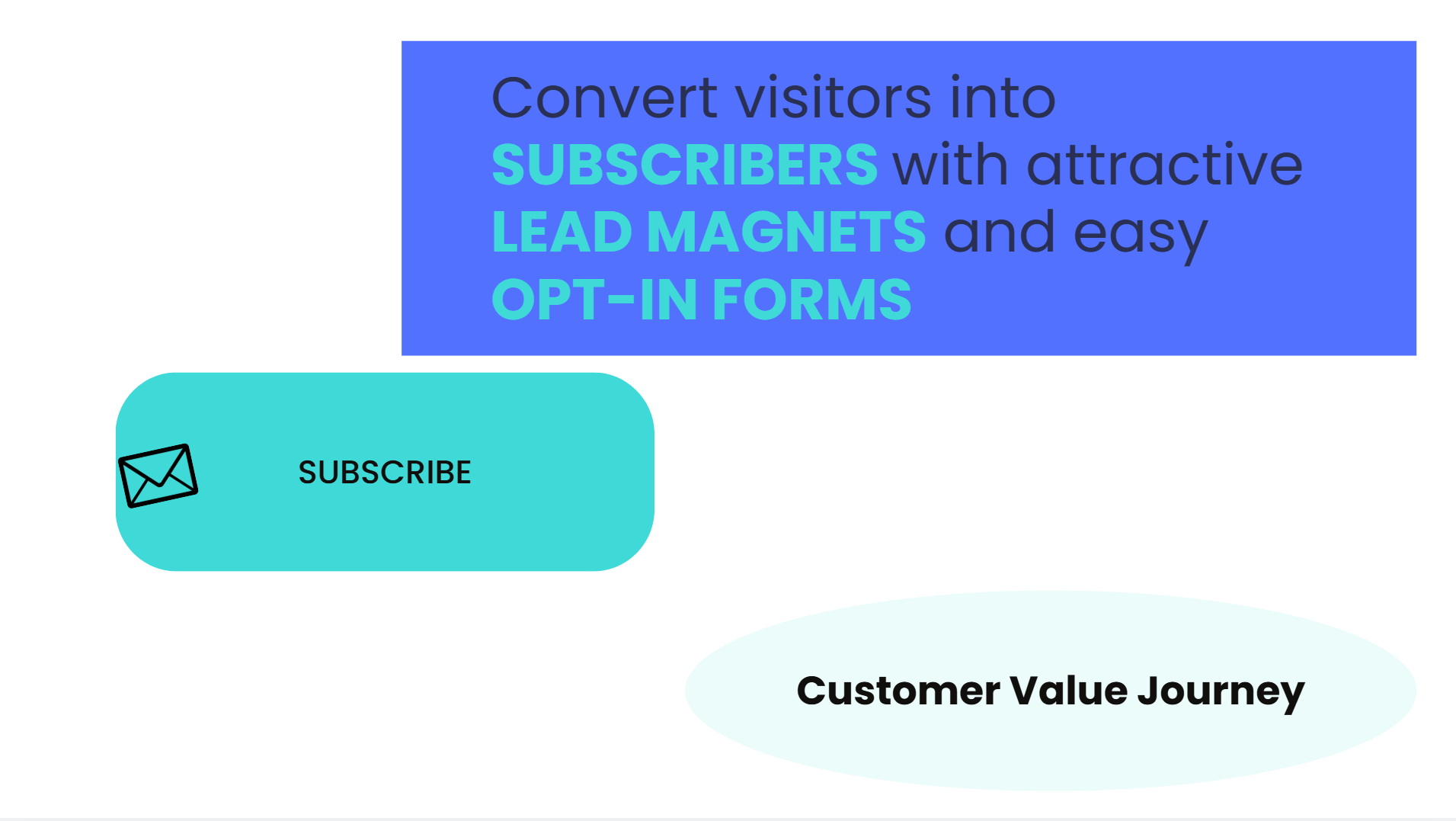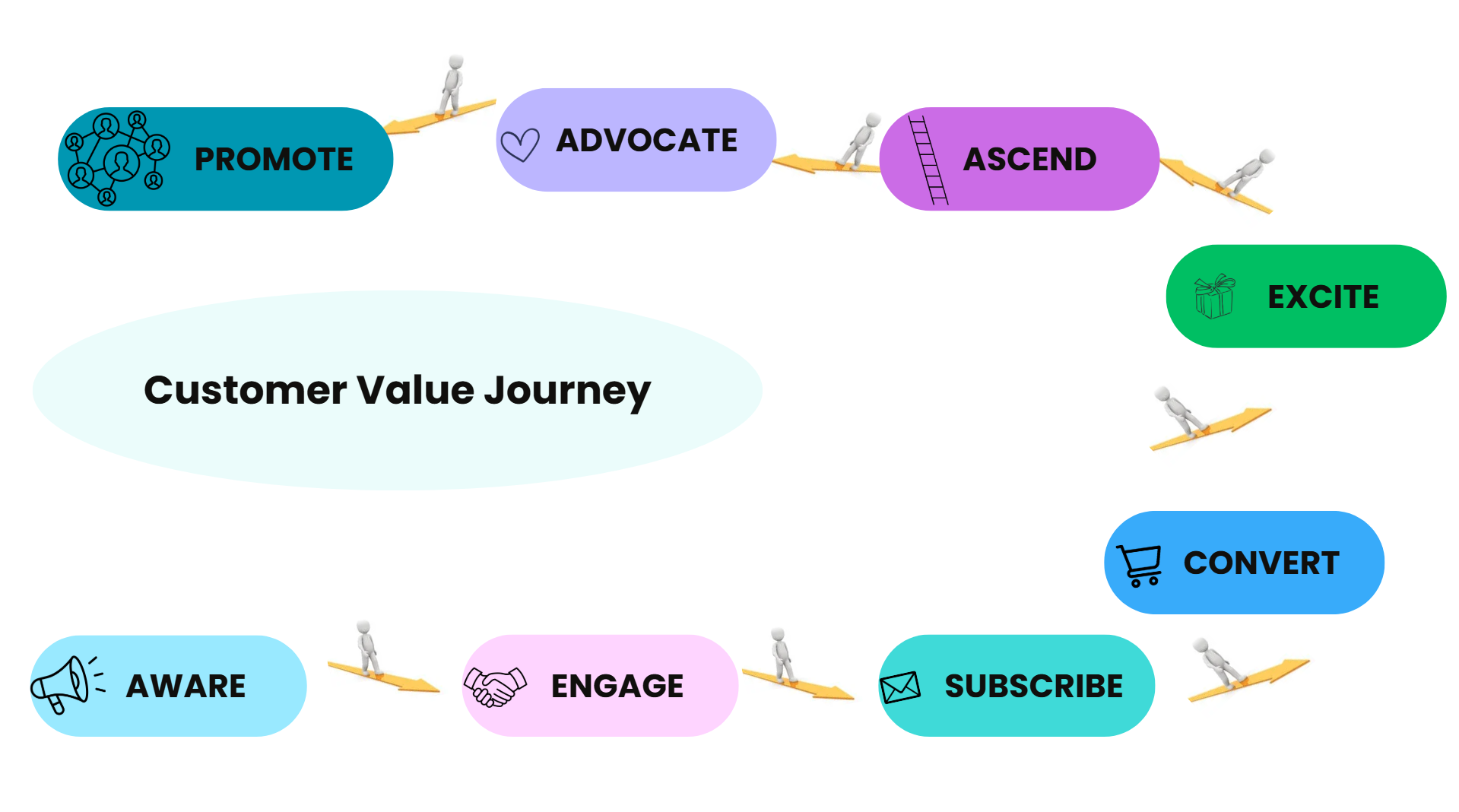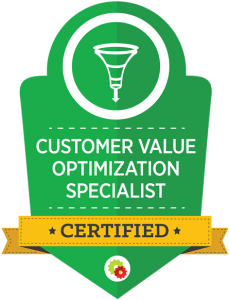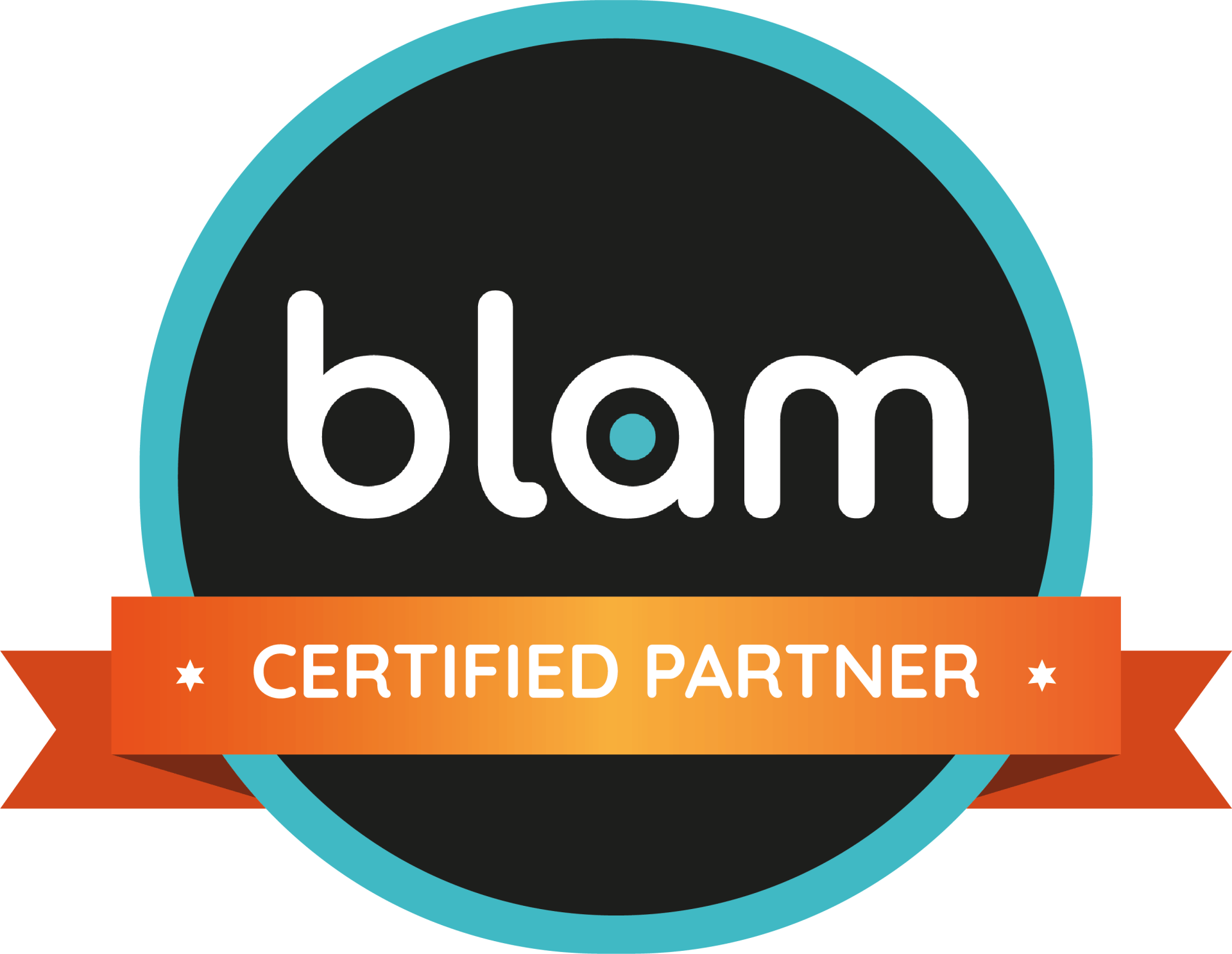The Customer Value Journey - Step 3: Subscribe
Subscribe - Welcome back to our 8-part series on the Customer Value Journey (CVJ) in Digital Marketing! So far, we’ve covered the Awareness and Engage stages. Next up is a crucial step: "Subscribe".

By now, you’ve made your potential customers aware of your existence and engaged them with valuable content.
Imagine you’re hosting a party, and your guests are having a great time. They’re enjoying the music, mingling, and sampling the snacks. But how do you ensure they’ll come to your next party? You want to get their contact information, so you can send them invitations for future events.
In the business world, the Subscribe stage is about capturing your audience’s contact information and getting permission to communicate with them regularly. This is where you start building a more direct and personal relationship with your potential customers.
Let’s look at a business example.
Suppose you own a boutique fitness studio in Kilkenny. You've successfully engaged your audience with valuable content and interactions. Now, you want to capture their contact information to maintain a direct line of communication.
To encourage subscriptions, you might:
- Offer a free workout plan: Create a downloadable workout plan tailored to your audience's fitness goals. Promote it on your website and social media, and offer it in exchange for their email address. Encourage subscribers to share their progress and tag your studio in their social media posts.
- Host a free webinar: Organize a webinar on a popular fitness topic, such as "The Best Workouts for Busy Professionals." Require attendees to register with their email addresses to gain access. During the webinar, encourage participants to ask questions and join the conversation.
- Create a members-only newsletter: Send a monthly newsletter with exclusive content, such as fitness tips, healthy recipes, and special offers. Highlight the benefits of subscribing and make it easy for your audience to sign up. Invite subscribers to reply with their favorite tips or share success stories.
When designing lead magnets and opt-in strategies for our clients, the 'sharp, skilful, seasoned strategists' at Right Hand Consulting (yes, i'm trying to get back into their good graces following a minor incident last week...) include engaging lines such as:
- Download our exclusive eBook and share your thoughts with us.
- Register for our free webinar and get personalized advice from our experts.
- Sign up for our members-only newsletter and tell us what topics you'd like to see covered.
- Share your success stories and tag us to be featured.
- Subscribe to receive special offers and reply with your feedback.
- Participate in our subscriber-only polls and help us shape our content.
At Right Hand Consulting, we design effective lead magnets and opt-in strategies that help our clients grow their subscriber lists and nurture relationships. This allows them to maintain a direct line of communication and offer personalized experiences to their audience.
Why is Subscribing important?
Subscribing is essential because it allows you to maintain a direct line of communication with your audience. By capturing their email addresses or phone numbers, you can nurture the relationship and guide them further along the Customer Value Journey. This stage is about offering something valuable in exchange for their contact information.
Here are some proven strategies to help you ace the Subscribe stage:
- Lead Magnets: Offer valuable resources such as eBooks, whitepapers, checklists, or templates in exchange for contact information. Ensure that your lead magnets are relevant to your audience's needs and interests. For example, a dental practice might offer a free guide on maintaining oral hygiene.
- Opt-In Forms: Place opt-in forms strategically on your website. Use pop-ups, slide-ins, or inline forms on high-traffic pages. Make sure your forms are user-friendly and clearly state the benefits of subscribing.
- Exclusive Content: Offer exclusive content to subscribers, such as insider tips, early access to new products, or special discounts. Create a sense of exclusivity and make your audience feel like they’re part of an elite group.
- Webinars and Online Events: Host webinars or online events that require registration. Provide valuable information and insights during these events, and follow up with attendees to keep them engaged.
- Social Media Contests: Run social media contests or giveaways that require participants to subscribe to your email list. This can be an effective way to capture contact information while increasing your social media engagement.
Personalization is Key
When it comes to subscriptions, personalization can make a significant difference. Use the data you collect to tailor your communications to individual preferences and behaviors. Personalized emails and messages can increase open rates, click-through rates, and overall engagement. Show your subscribers that you understand their needs and interests, and they’ll be more likely to stay engaged with your brand.
Did you know?
Did you know that personalized emails deliver six times higher transaction rates than non-personalized emails? And that 74% of customers feel frustrated when website content isn’t personalized? These stats highlight the importance of personalization in building strong subscriber relationships.
Keep it Simple
While it’s important to offer value and personalization, simplicity is key. Make the subscription process as straightforward as possible. Avoid asking for too much information upfront, and focus on creating a seamless and enjoyable experience for your audience.
Ready to move on to the next stage of the Customer Value Journey? Stay tuned for Part 4, where we’ll dive into the Convert stage. Until then, happy subscribing! 🚀

Contact Us












